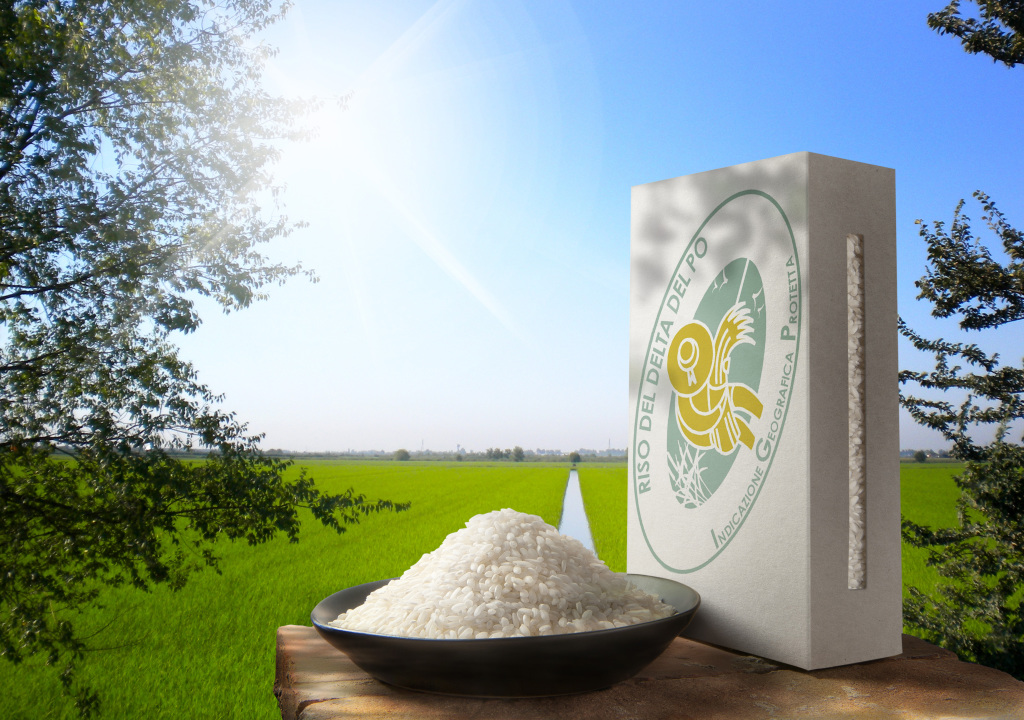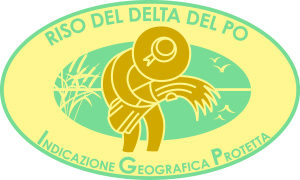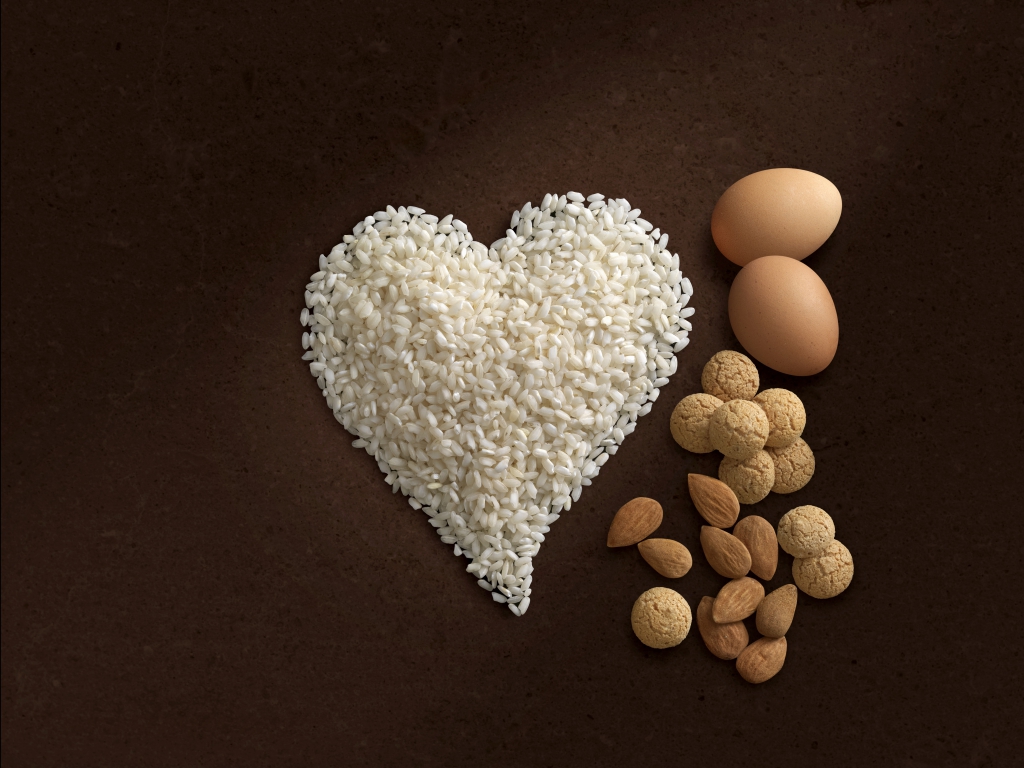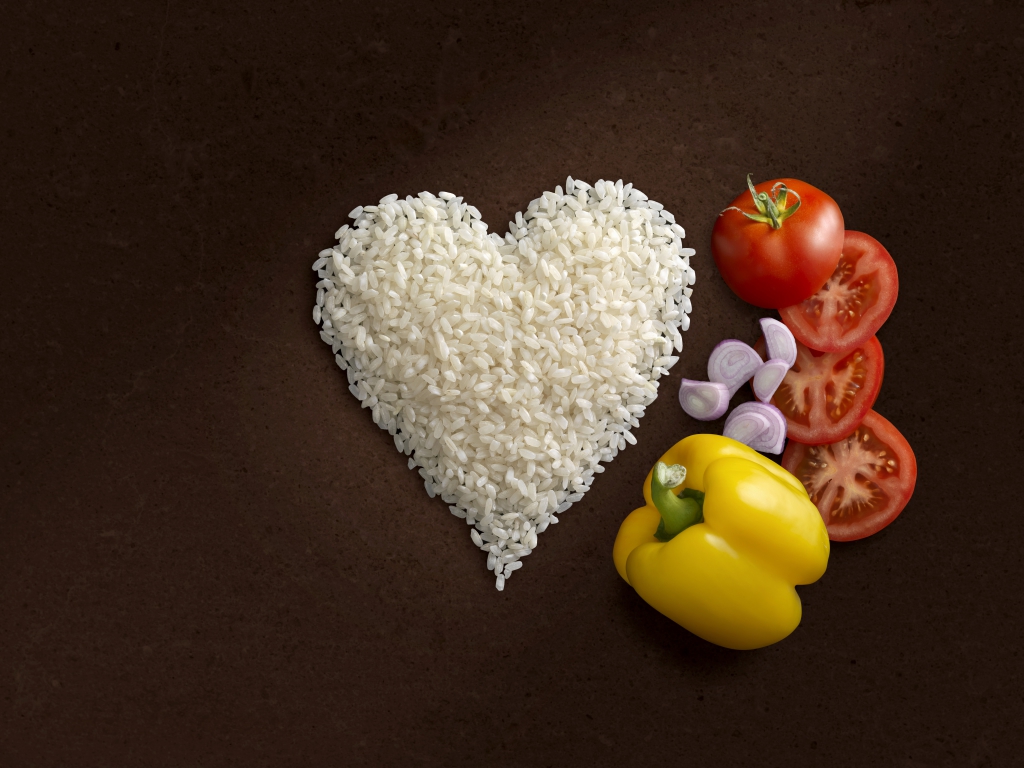 The Po Delta Rice is typically grown between Veneto and Emilia Romagna regions, in the territories formed by debris from the Po river and, later on, from land transformation by humans that made rice growing possible. The Po Delta soil is especially suitable for rice growing because of the healthy sea breeze.
The Po Delta Rice is typically grown between Veneto and Emilia Romagna regions, in the territories formed by debris from the Po river and, later on, from land transformation by humans that made rice growing possible. The Po Delta soil is especially suitable for rice growing because of the healthy sea breeze.
A little bit of history
The first evidence of rice growing in this area dates back to 1495; further confirmation emerged during the reclamation works carried out by the Venetian families in the 18th century, with 4.000 hectares of paddy fields proven to exist in 1850. In fact, this kind of cultivation strongly depended on reclamation and was the first step toward the improvement of new rural areas, speeding up the use of salty soils then subject to crop rotation, as shown by a law of the Venetian Republic of 1594.
Another evidence dates back to 1950 when the head of the Venetian Land Authority of that time, Mr.Montanari, claimed that “paddy field is the most suitable cultivation for this territory, it’s the ultimate reclamation of swamps, the best way to shape the land and make it more suitable for other grass cultivations; in short, to make it more fertile”. Montanari also stated that “rice produced in this area is by nature one of the finest, if not the finest, in Italy”.
Guarantee of authenticity
The Protected Geographical Indication (IGP) is a brand given by the European Union to agricultural products and food whose quality, reputation or other characteristic is determined by its geographical origin, and whose production or processing takes place in a given geographical area. This means that at least one stage of the production process must take place in a given area. For the Po Delta Rice IGP the municipalities in Emilia Romagna are: Berra, Comacchio, Codigoro, Goro, Jolanda di Savoia, Lagosanto, Massa Fiscaglia, Mesola, Migliarino, Migliaro, Ostellato; the municipalities in Veneto are: Ariano nel Polesine, Corbola, Loreo, Papozze, Porto Tolle, Porto Viro, Rosolina, Taglio di Po.
Producers of IGP products must strictly abide to specific procedural guidelines too; respect of such rules is granted by a specific monitoring body. For the Po Delta Rice, it is the Ente Nazionale Risi (Italian National Body for Rices).
 The Po Delta Rice IGP is grown in a production area characterized by two kinds of soil: the Rovigo area, of alluvial origin, has a clay loam/silt loam soil (‘white lands’), while in the Ferrara area the soil mostly contains peat (‘black lands’). In both cases they are slow-draining soils, with high mineral fertility, especially rich in potassium, to the point that adding mineral potassium fertilizers is sometimes useless, just like nitrogen fertilizers are useless in peaty soils.
The Po Delta Rice IGP is grown in a production area characterized by two kinds of soil: the Rovigo area, of alluvial origin, has a clay loam/silt loam soil (‘white lands’), while in the Ferrara area the soil mostly contains peat (‘black lands’). In both cases they are slow-draining soils, with high mineral fertility, especially rich in potassium, to the point that adding mineral potassium fertilizers is sometimes useless, just like nitrogen fertilizers are useless in peaty soils.
A paddy field cannot exist on the same soil for more than eight years; after this period, a crop rotation will be necessary for at least two years. At the drying stage, drying kilns should not leave combustion residuals or unnatural odours on the ‘glumelle’. The humidity rate of dried rice must be lower than 14%.
The Consortium
The Italian Association for the Protection of the Po Delta Rice IGP was established in December 2012 thanks to the effort of 12 founding members. The procedure to obtain the IGP denomination began more than a decade ago with a group of companies from Veneto, joined by other important rice growing companies from Ferrara. The Association resulting from this teamwork adds value to the safeguard and promotion of the Po Delta Rice IGP.
The Po Delta Rice IGP is the cereal belonging to the Japonica type, Superfino group; its varieties are Carnaroli, Volano, Baldo, Arboreo.
The Arborio, Baldo and Volano are excellent for risotto, timballo and supplì, while the Carnaroli is especially recommended for fine risotto of high-quality catering.
The product is marketed as “Riso del Delta del Po IGP”. It comes in a vacuum-sealed package or stored in a controlled atmosphere, in bags suitable for food use weighing 0.5, 1, 2 and 5 kg; they may be put into boxes whose size fits the weigh of the bag to prevent the product from spilling out before the package is opened.
(credits photo: Paolo Bassanini)

